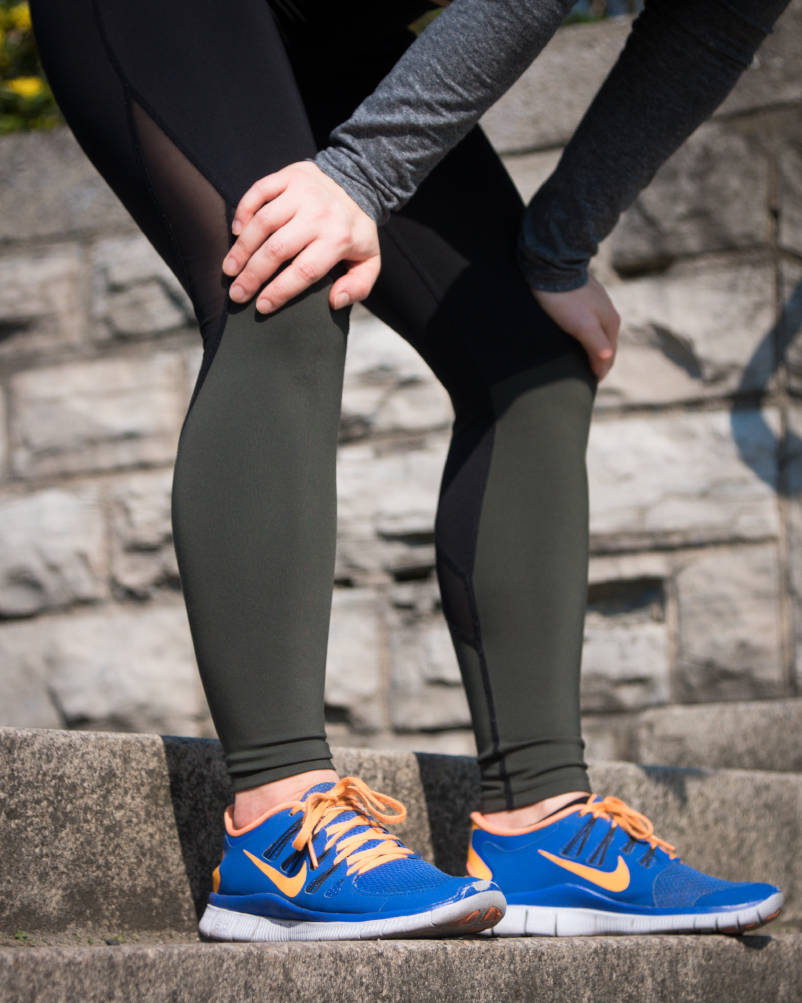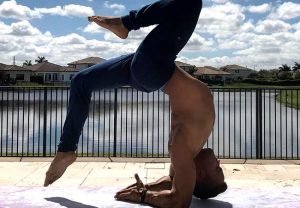Do you experience a pain along the shin bone or tibia? Is the pain concentrated between the ankle and knee along the front of your leg? If so, you may be suffering from shin splints.
Shin splints are also known as medial tibial stress syndrome. In this post, we will highlight what causes the condition and what you can do to prevent the painful condition.
Shin Splints: An Overview
A shin injury happens due to the inflammation of the soft tissues in the front of the outer leg. The inflammation occurs due to injury of the shin bone. The injury is common in dancers, military recruits, bodybuilders and athletes, particularly runners and football players.
Our muscles adapt to stress and become stronger. However, they need time to rebuild between episodes of strenuous activities.
When muscles are not given a chance to recover, it can lead to painful injuries like medial tibial stress syndrome.

What Causes Shin Splints?
Inadequate footwear, over training in the hills, and running for long hours are some of the contributing factors of the injury.
The injury occurs when the muscles of the inside edge of the shinbone or tibia become overworked due to strenuous exercise. The condition commonly occurs after sudden changes in frequency, intensity, or duration of the exercise.
Shin splints can lead to severe pain along the front of the lower leg. The pain may be dull or razor like. Touching the area may aggravate the pain. The pain can occur both during or a few days after the strenuous exercise.

How to Prevent Shin Splints?
Shin injuries can be prevented by training properly. With proper exercise and footwear, you can prevent the injury. Here are 4 tips that can help you prevent the painful injury during exercise.
1. Wear the Right Footwear
The right footwear is important to prevent injuries. You should buy the right shoes and socks when training or exercising.
The Right Shoe
When buying a running shoe, you should keep an eye for motion control and cushion level. Consider buying a shoe with Level 5 stability and cushion level. Some of the best shoes that can help avoid shin injuries include shoes such as ASICS GEL Kayano, Brooks Bedlam, Saucony Hurricane, Hoka One One Arahi, and Adidas Ultra Boost ST.
The Right Socks
Wearing compression socks can also prevent shin injuries. One of the main benefits of compression socks is that it promotes venous blood flow due to the socks applying some pressure to the lower legs. Improving venous flow allows the legs to receive more oxygen-rich blood. This accelerates the process of muscle recovery.
Improved comfort is also one of the main benefits of compression socks. You won’t feel much discomfort when performing strenuous exercise for long hours.
2. Allow Muscles to Recover
You should listen to your body and take a few days off if necessary. Taking time off lets your muscles recover after strenuous exercise. Even experienced runners can reduce the risk of shin injuries if they take one or two days off in a week.
When resuming the exercise, you should slowly increase your mileage and allow it to build back up.
This is important as sudden and significant increase in mileage can lead to severe shin pain and even stress fractures.

3. Strengthen Your Tibial Muscles
Weak tibial muscles can contribute to shin injuries. You should exercise this muscle by performing toe or heel raises. Here are the steps to perform this exercise:
- Step 1: Hold onto a wall or railing and stand on the edge of a step with toes over the ledge.
- Step 2: Raise your toes as far as possible with the heels firmly on the ground.
- Step 3: Pull the toes towards the shins and hold for a few seconds. Slowly lower the toes to the starting position.
- Step 4: Now, raise your heels upwards while keeping your toes on the ground.
- Step 5: Turn the heels outwards and hold position for a few seconds. Slowly lower the heels to the starting position.
- Step 6: Repeat the above steps 10 times.
Consider performing the exercise after running. Performing this exercise will strengthen the calf muscles that will help further to reduce the risk of an injury.
Conclusion
Shin injuries occur due to strenuous leg exercise. The injury happens when the muscles are overworked and not given a chance to rest.
You can avoid shin injuries by taking a few days off in week. Wearing the right shoes can greatly reduce the risk of shin injuries. Moreover, good quality compression socks can also help prevent shin splints. You can visit Pro compression to find the best quality shoes and socks that are ideal for training, running, travelling, and on the job.
Photos by

















